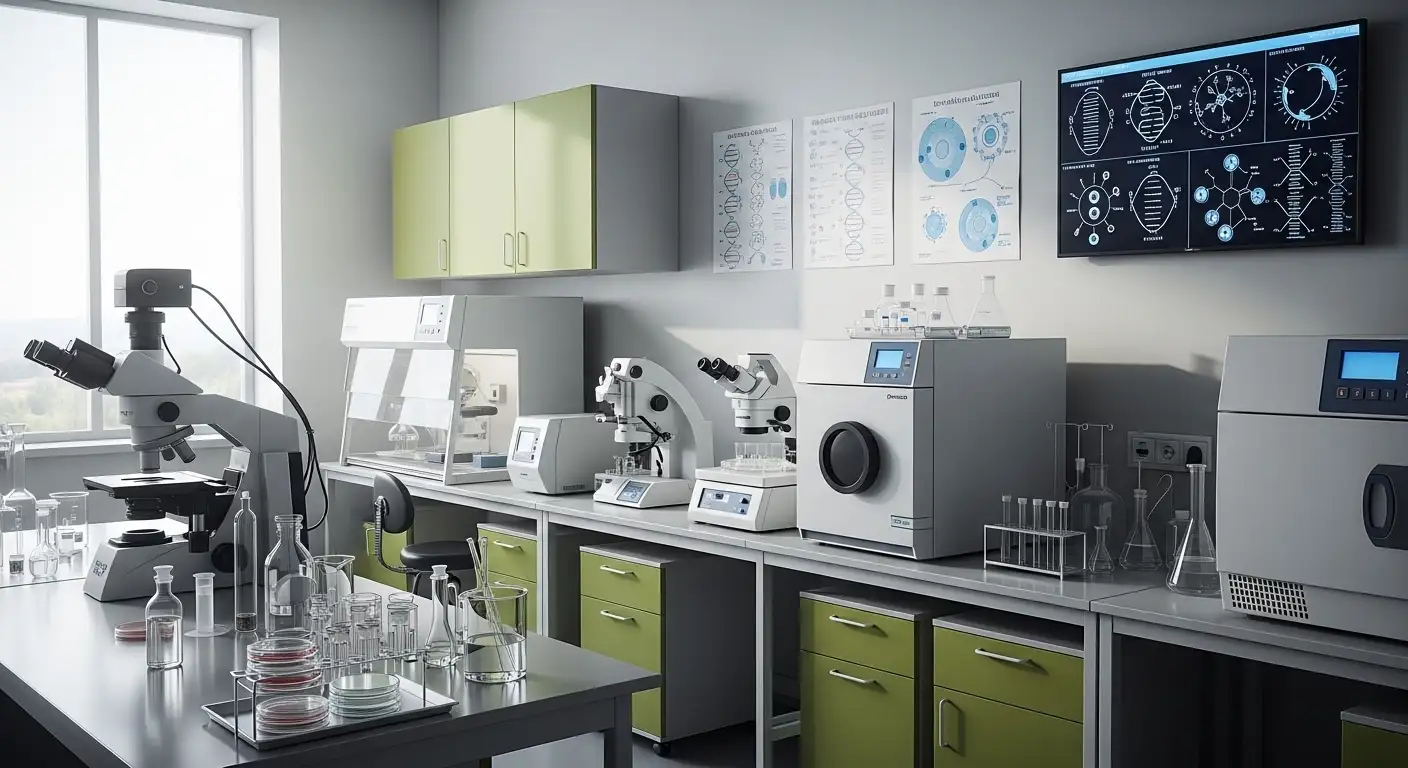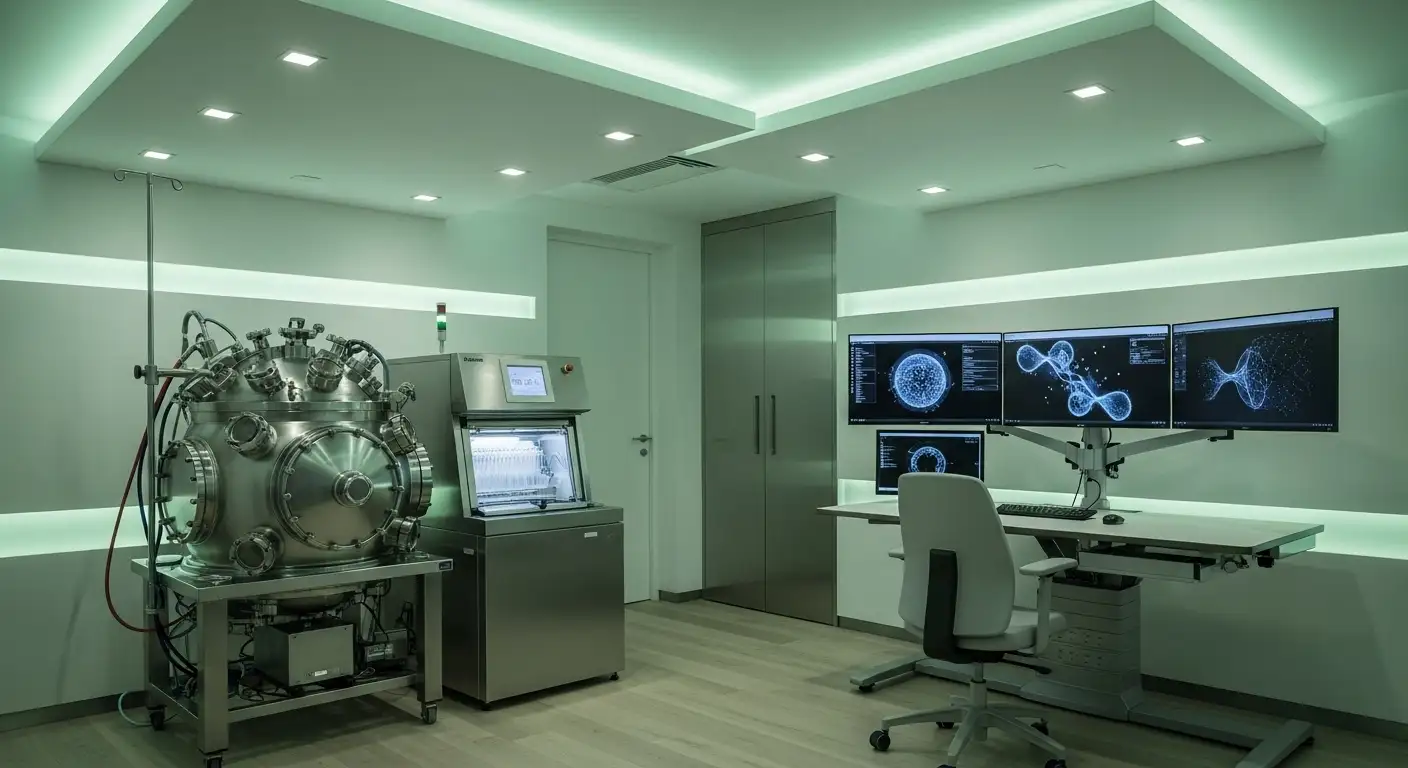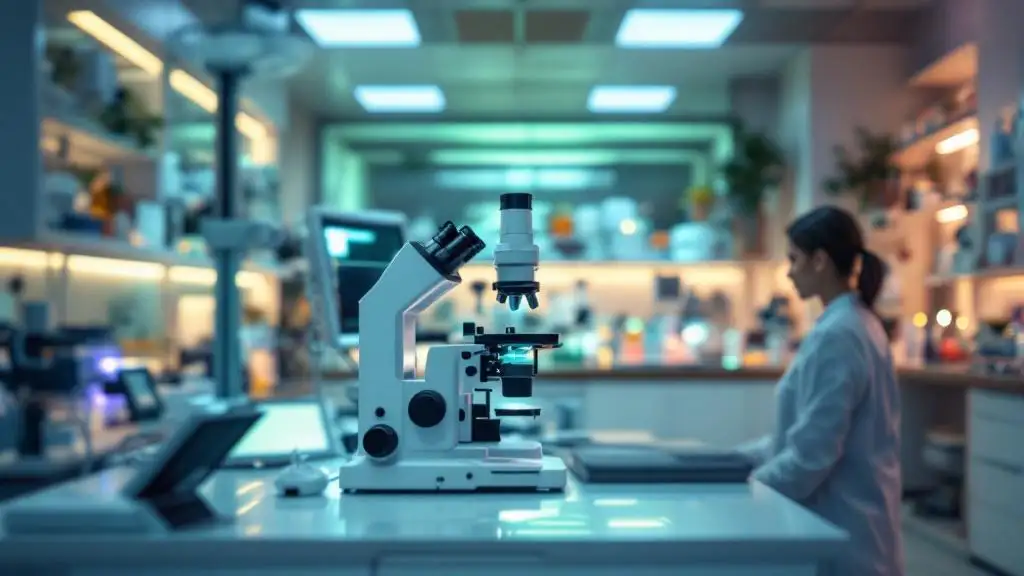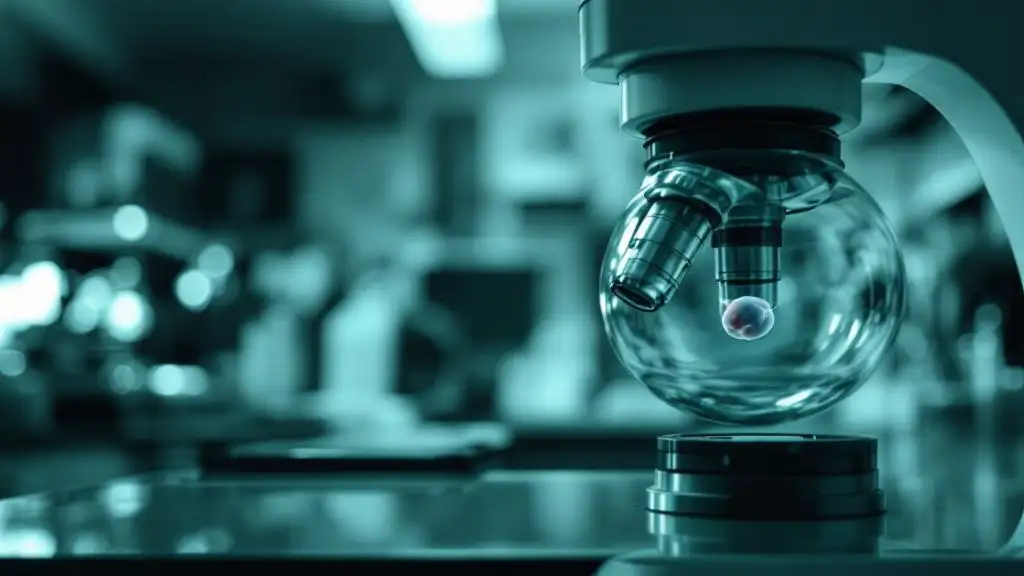How male sperm quality is tested and improved
Advances and Approaches in Male Fertility Testing and Enhancement

Understanding the Foundations of Male Reproductive Health
Male fertility hinges on the quality and quantity of sperm produced, which can be affected by numerous biological, environmental, and lifestyle factors. Ensuring optimal sperm health involves precise testing methods and targeted interventions aimed at identifying problems and enhancing reproductive potential. This article explores how sperm quality is evaluated and the strategies employed to improve male fertility, integrating current scientific knowledge and cutting-edge diagnostic tools.
Methods and Parameters in Sperm Testing

How is male sperm quality tested and what parameters are measured during sperm analysis?
Male sperm quality is primarily evaluated using a laboratory test called a semen analysis. This analysis involves collecting a semen sample, usually obtained through masturbation into a sterile container after abstaining from ejaculation for 2 to 3 days. Once collected, the sample is examined under a microscope to assess several vital features.
The main parameters measured include sperm count (concentration), which indicates how many sperm are present per milliliter of semen. A normal count is considered to be at least 15 million sperm per milliliter.
Sperm motility, or movement, is another crucial aspect. It assesses the percentage of sperm that are actively moving; at least 40% motile sperm, with 32% moving progressively, is deemed normal. Morphology, which examines the shape and structure of sperm, is also evaluated. A typical normal morphology result is 4% or higher of sperm with a standard form.
In addition to these, the analysis considers semen volume, pH (which indicates acidity or alkalinity), and the time it takes for semen to liquefy after ejaculation. Other assessments include sperm vitality, white blood cell presence, viscosity, and sometimes the percentage of sperm with DNA integrity, which can be tested by specialized methods like DNA fragmentation tests. Hormone levels such as FSH, LH, and testosterone may be assessed through blood tests if hormonal imbalances are suspected.
Advanced evaluations extend further into the genetic and structural integrity of the sperm. These include tests for DNA fragmentation, the acrosome reaction (important for fertilization), and the presence of anti-sperm antibodies.
Together, these parameters provide a detailed picture of male fertility potential, helping guide appropriate interventions or treatments to improve reproductive outcomes.
Significance of Semen Analysis in Fertility Assessment

Use of semen analysis as a diagnostic tool
Semen analysis is the primary test used to evaluate male fertility. It measures important sperm parameters such as concentration (quantity), motility (movement), shape (morphology), and overall semen quality. This test helps identify whether the male partner’s sperm production is sufficient and healthy enough to facilitate conception. It’s usually performed by collecting a semen sample via masturbation or condom and analyzing it in a laboratory within an hour.
Beyond basic sperm count and movement, the analysis also assesses semen volume, pH, and the presence of infections or antibodies that may impair fertility. By providing a comprehensive overview of sperm health, semen analysis guides subsequent diagnostic steps or treatments.
Normal vs. abnormal parameters
Normal values according to WHO guidelines include a sperm concentration of at least 15 million sperm per milliliter and a total of 39 million sperm per ejaculate. For motility, at least 40% of sperm should be moving, with 32% moving progressively. Morphology, which looks at sperm shape, should be at least 4% normal forms.
Abnormal results may indicate low sperm count (oligospermia), poor movement (asthenozoospermia), or abnormal shape (teratozoospermia). These issues can hinder the sperm’s ability to reach or fertilize the egg, thereby reducing fertility potential.
Implications of results for fertility
The outcome of a semen analysis impacts understanding of fertility prospects. Normal parameters suggest a good chance of natural conception, although other factors still influence pregnancy. Conversely, abnormal results may suggest causes such as varicoceles, infections, hormonal imbalances, or genetic issues.
Treatments like medication, lifestyle modifications, or assisted reproductive technologies (ART) such as IVF or ICSI can sometimes improve sperm quality. Moreover, if results show no sperm in the sample (azoospermia), further investigations like testicular biopsy may be necessary.
Therefore, semen analysis serves as an essential first step to pinpoint reproductive issues and develop targeted strategies to enhance male fertility.
Factors Influencing Sperm Quality and Fertility

What factors influence sperm quality and fertility?
Several elements impact sperm health and the ability to conceive. Lifestyle habits such as smoking, excessive alcohol intake, and drug use are common detrimental factors. These habits can damage sperm DNA, decrease sperm count, and impair motility and shape, reducing the chances of successful fertilization.
Medical conditions also play a significant role. Issues like varicocele (swollen veins in the testes), hormonal imbalances involving the hypothalamus or pituitary gland, infections affecting the testicles or epididymis, and genetic abnormalities can all lower sperm production and quality.
Environmental influences are equally important. Exposure to toxins such as pesticides, BPA (a chemical in plastics), heavy metals like lead, and electromagnetic radiation from devices can harm sperm. Elevated testicular temperatures from hot baths, saunas, or tight clothing can impair spermatogenesis, leading to lower motility and abnormal morphology.
Aging is another factor contributing to declining sperm health. After age 50, there is a noticeable reduction in sperm motility and the percentage of normally shaped sperm. This decline can increase the risk of fertility issues and genetic abnormalities in offspring.
To enhance fertility, men should focus on maintaining a healthy weight, following a balanced diet rich in antioxidants—like fruits, vegetables, nuts, and seeds—and avoiding harmful exposures. Keeping testicles cool, abstaining from smoking and excessive alcohol, managing stress, and consulting healthcare providers for hormonal or genetic issues can lead to improved sperm quality and better chances of conception.
Diagnostic and Technological Advances in Sperm Evaluation and Quality Improvement

What medical and technological approaches are used to evaluate or improve sperm health?
Evaluating and enhancing sperm health involves a diverse set of medical and technological tools. The foundational diagnostic method is the semen analysis, which examines sperm count, motility, morphology, volume, pH, and other parameters. This test provides essential insights into fertility potential and is often the first step in male fertility assessments.
Beyond basic microscopy, advanced techniques like Computer-Assisted Sperm Analysis (CASA) offer precise measurement of sperm movement and concentration. Flow cytometry can assess sperm viability and DNA fragmentation, providing information on genetic integrity critical for successful conception.
Genetic screening and molecular diagnostics, including proteomics and gene expression profiling, help identify underlying causes of male infertility, such as chromosomal abnormalities or Y-chromosome microdeletions.
Emerging testing technologies are making sperm assessment more accessible and convenient. Smartphone-based devices like YO®, SEEM®, and ExSeed® allow men to perform basic semen analyses at home. These devices typically evaluate semen volume, sperm concentration, and motility through user-friendly interfaces, making fertility testing less invasive and more affordable, especially in resource-limited settings.
Additional assessments include ultrasounds to detect varicoceles or structural abnormalities, post-ejaculation urinalysis to identify retrograde ejaculation, and specialized tests to evaluate sperm membrane integrity, acrosome reaction, and DNA integrity.
To improve sperm quality, treatments such as surgical correction of varicoceles, hormone therapy, and lifestyle modifications are commonly employed based on diagnostic results. Assisted reproductive technologies, including intrauterine insemination (IUI) and in vitro fertilization (IVF) with Intracytoplasmic Sperm Injection (ICSI), are used when natural conception is unlikely due to semen quality issues.
Overall, the integration of advanced diagnostics and innovative technologies continues to refine male fertility assessment and opens new avenues for effective treatment strategies.
Lifestyle and Medical Strategies for Enhancing Sperm Quality

What lifestyle changes or interventions can help increase sperm count and improve sperm quality?
Improving sperm health involves a combination of lifestyle adjustments and, when necessary, medical treatments. Adopting a healthy lifestyle is fundamental.
A balanced diet rich in antioxidants such as lycopene, CoQ10, zinc, selenium, and vitamins C and E can help protect sperm from oxidative stress, which harms their DNA and overall function. Nutrients from fruits, vegetables, nuts, and seeds are particularly beneficial.
Regular, moderate exercise like walking, swimming, or resistance training can help regulate hormones and reduce inflammation, both of which support healthy spermatogenesis. However, excessive vigorous activity, especially cycling or marathon running, should be avoided as it may negatively impact sperm parameters.
Habits that damage sperm quality include smoking, heavy alcohol intake, and exposure to environmental toxins, pesticides, or radiation. Reducing or eliminating these can significantly enhance sperm production.
The testicles should be kept cool, as heat can impair sperm development. Avoiding hot baths, saunas, and tight clothing helps maintain optimal testicular temperature.
Additional interventions such as acupuncture and supplementation with omega-3 fatty acids have shown promise in improving sperm motility and morphology. These, combined with lifestyle modifications, can contribute to higher fertility potential.
In cases where lifestyle changes are insufficient, medical treatments like hormone therapy, varicocele correction, or assisted reproductive techniques such as intrauterine insemination (IUI) and IVF with ICSI may be recommended. Consulting a healthcare provider is crucial for tailored guidance.
By making these adjustments, men can support the natural process of sperm development, improving their chances of conception.
Rapid Methods and Interventions to Boost Sperm Count
Are there natural or medical methods to increase sperm count quickly?
To see a quick increase in sperm count, medical options such as hormone therapy, medications, or assisted reproductive techniques can be effective, especially if low sperm count stems from hormonal imbalances or other health issues. These treatments should always be prescribed and monitored by a healthcare professional to ensure safety and effectiveness.
In addition to medical approaches, lifestyle modifications play a critical role in boosting sperm production. Reducing alcohol consumption, quitting smoking, avoiding heat exposure from hot tubs or laptops on the lap, and managing stress are practical steps that can lead to improvements within a few months.
Certain supplements like D-aspartic acid, zinc, and folic acid have been associated with increased sperm parameters. Herbal remedies such as ashwagandha and maca root are also popular, although scientific evidence on rapid results varies.
Combining targeted medical interventions with healthy lifestyle changes offers the best chance to increase sperm count swiftly and sustainably. Regular consultation with a fertility specialist ensures that the chosen methods are suitable for individual health circumstances and optimize results.
Identifying and Supporting a Healthy Sperm Profile
What are signs of healthy sperm and how can they be identified?
Healthy sperm are characterized by several key features, which are typically assessed through semen analysis. Significantly, a healthy sperm population has a high motility rate, with at least 40% of sperm actively moving and approximately 32% moving progressively in a forward direction. The morphology, or shape, of sperm also plays a role, with normal forms comprising at least 4% of the sample; this involves oval-shaped heads and straight tails, essential for successful fertilization.
A standard measure of sperm quantity is the sperm count, with a healthy level being 15 million or more per milliliter of semen. Semen volume usually ranges between 1.5 and 5 milliliters, and the pH should be slightly alkaline, around 7.2 to 8.0. These parameters, along with the semen's liquefaction time, are obtained through laboratory semen analysis, which carefully evaluates the concentration, movement, shape, pH, and overall quality of the sample.
Beyond physical traits, sperm health involves genetic integrity, which can be assessed by specific tests for DNA fragmentation. Normal hormone levels such as testosterone, FSH, and LH support sperm production and function.
Monitoring lifestyle factors that influence these parameters—such as maintaining a balanced diet rich in vegetables, exercising regularly, avoiding toxins like pesticides and heavy metals, and managing stress—also contribute to sperm health. In clinical settings, semen analysis combined with hormone profiling and genetic tests provides a comprehensive view of male fertility potential. Understanding and identifying these signs of healthy sperm can guide effective interventions to support conception.
Age-Related Changes in Male Sperm Parameters
What is the impact of age on male sperm count and quality?
Aging has a notable effect on male sperm health, influencing both the quantity and the quality of sperm produced. Although men produce sperm throughout their lives, the characteristics of these sperm tend to change as they get older.
In general, sperm count tends to decrease gradually after the age of 20. Young men in their twenties typically have sperm concentrations of about 80-100 million per milliliter. However, by the time men reach their sixties, average sperm counts may drop to between 20-40 million per milliliter. This decline can reduce the chances of conception and increase the likelihood of fertility issues.
Beyond just fewer sperm, aging also affects how well sperm move, their shape, and the volume of semen. Older men often have a higher percentage of sperm with abnormal morphology and reduced motility, making it harder for sperm to reach and fertilize an egg.
Another concern is the increase in sperm DNA fragmentation in older men, which can impact embryo development and reduce pregnancy success rates. Despite these changes, many men can still father children into old age; however, they might need more time or fertility assistance, such as assisted reproductive technologies.
Overall, aging leads to declines in sperm count and quality, which are important considerations in male reproductive potential. Understanding these changes can help men and healthcare providers make informed decisions about family planning and fertility management.
For those interested in this topic, searching for "effects of aging on male sperm health" can provide additional scientific insights and recent studies on this subject.
Summary and Future Perspectives in Fertility Enhancement
Testing and improving male sperm quality is a complex yet vital aspect of fertility management. Precise diagnostic techniques, from traditional semen analysis to advanced genetic and molecular assessments, provide comprehensive insights into reproductive potential. Coupled with lifestyle modifications, medical interventions, and emerging technologies, these strategies offer promising avenues for enhancing sperm health. Continued research advancements promise further innovations in diagnosis and treatment, thereby increasing the chances of conception for many couples. Understanding the multifaceted nature of sperm quality and its influencing factors is essential for effective fertility preservation and enhancement, heralding a future with improved reproductive outcomes.
References
- Healthy sperm: Improving your fertility - Mayo Clinic
- Low sperm count - Diagnosis and treatment - Mayo Clinic
- Diet and male fertility: Foods that affect sperm count - UChicago ...
- Male fertility testing - Extend Fertility
- Semen Analysis - StatPearls - NCBI Bookshelf
- Male Fertility Tests & Procedures | University of Utah Health
- Maximizing Male Fertility | New England Fertility in CT
- How to increase sperm count: 14 tips to boost fertility naturally
- Sperm Quality and Semen Analysis - CCRM Fertility
- How to Improve Male Fertility and Sperm Quality | Tommy's



































































































